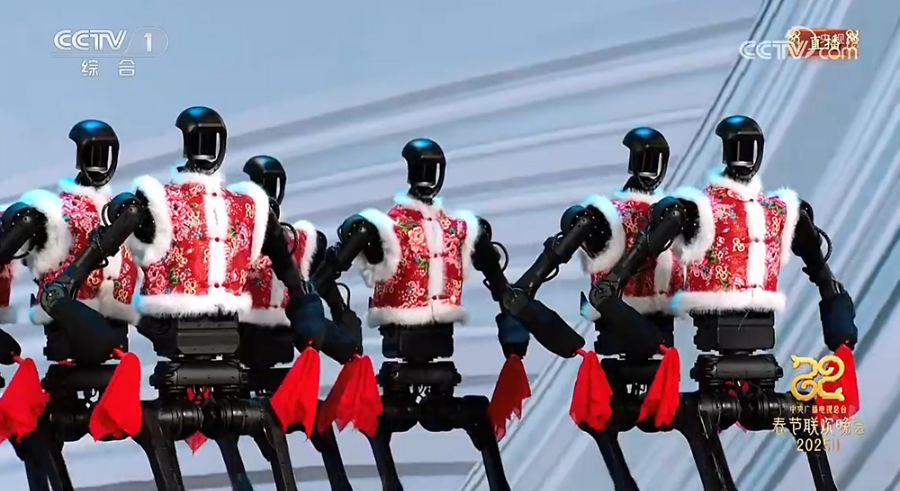
For many people, artificial intelligence and automation mean something similar to self-driving cars, facial recognition, or chatbots such as ChatGPT. However, what if AI comes to the stage – figuratively and literally?
That is precisely what happened at the China Spring Festival Gala, where a group of robots with human-like features performed a dance like never before. Dancing gracefully with handkerchiefs in their metallic hand, such machines enchanted the viewers and created a clear synergy between modernity and tradition. At first, we are impressed, fascinated even, by its edgy, almost futuristic design that is mesmerizing to the eye and free from any apparent flaws. However, there is more to it: AI is no longer an invisible working tool but a participant in culture, politics, and our lives.
From the algorithms that moderate the news feeds in social media to the predictive policing that actively prevents crime, automation has already started changing the rules of postmodern society. The question, therefore, is:
- Are we supposed to be amazed or alarmed?
- As artificial intelligence is gradually encroaching into many areas of power and tasks that otherwise were assigned to individuals, the crux of the problem is: Who is in command?
- What are the implications of our environment becoming technologized and an agent of AI itself?
This is not just a show but a glimpse of what will happen to society due to artificial intelligence.
From Assembly Lines to Center Stage: The Evolution of AI in Entertainment
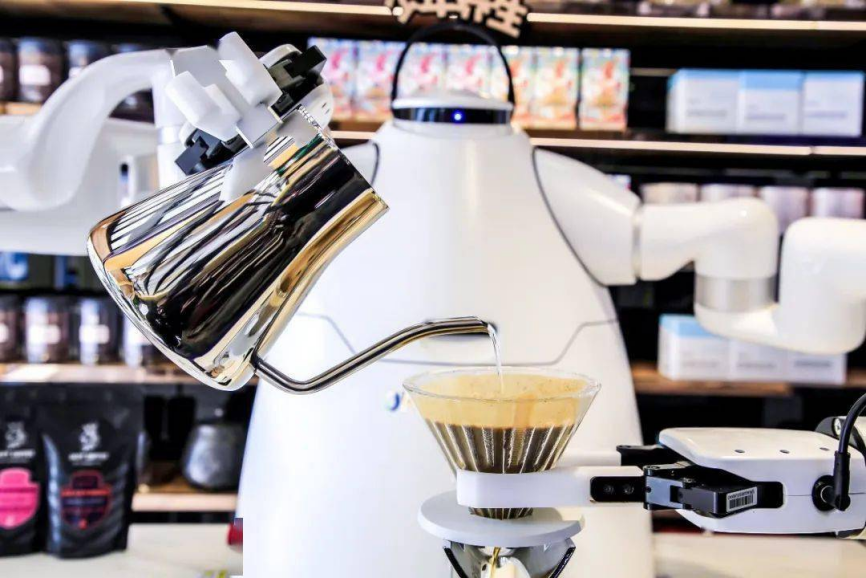
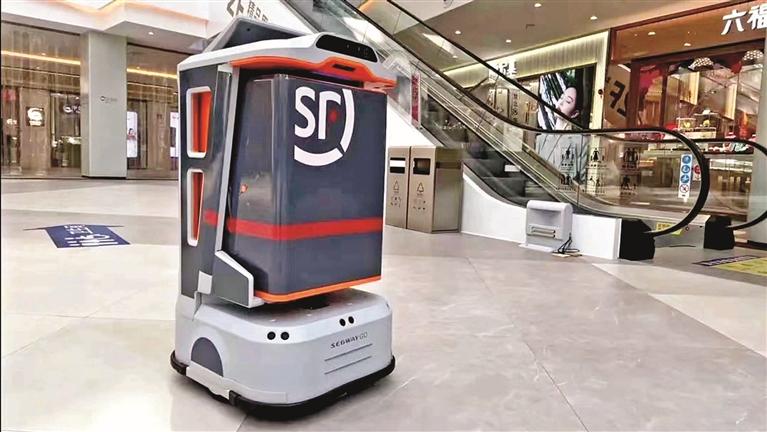
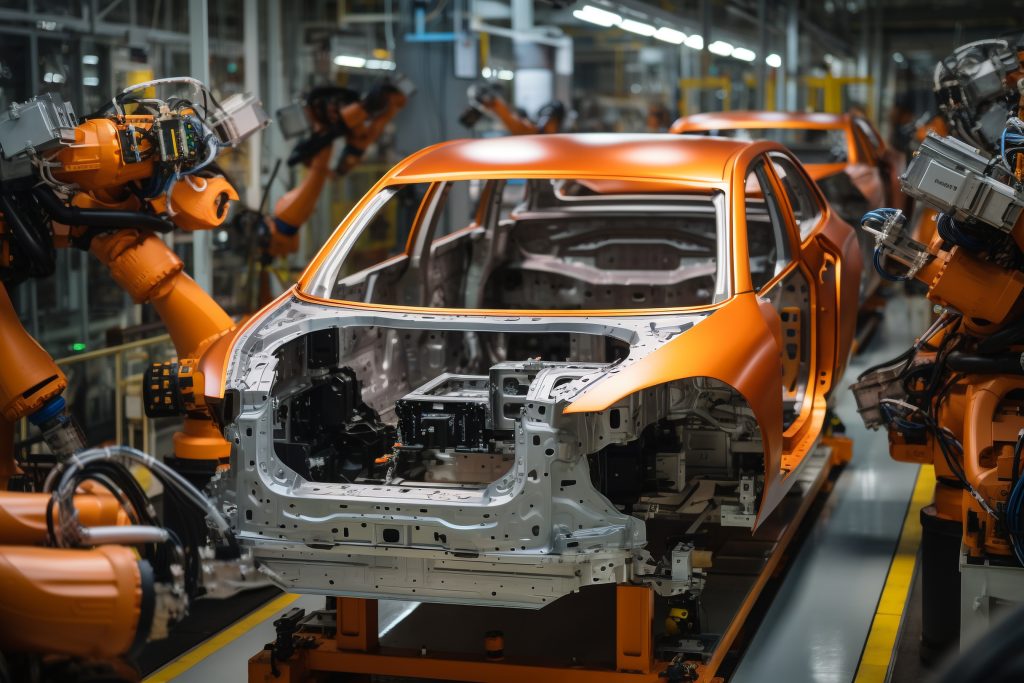
For many years, robots have been associated with applications where they work faster and more effectively, whether assembling automobiles, delivering parcels, or preparing coffees. However, they have recently shifted from factories to the global stage. The dance performance of the Unitree robots during the Spring Festival Gala demonstrated mechanical skills and how robots are becoming a part of entertainment (CGTN, 2025). These machines moved very precisely as programmed and in formation and looked like something from a sci-fi movie, challenging the definition of performance art. This shift raises a novel question:
Can a machine be an artist be possible?
AI-powered entertainment concerns spectacular shows and fundamentally different ways of generating and experiencing media content.

“Algorithms define much of the contents that reach us online, from the articles we read to the programs we watch.“
— Just and Latzer
Now automation is not only getting into cultural production more significantly in terms of improving the means of production; it is also creating the content, writing scripts for plays, and even creating dance routines. The reasoning is apparent: AI offers precise, tireless, and economically efficient performances. Apart from fun, this has raised a fundamental issue of AI taking over civil fields that were once considered to require human talents and creativity. Creativity, innovation, and imagination have been assumed to be human qualities that are associated with feelings, events, and freestyle. According to Liu et al. (2023), there is undoubtedly a debate concerning the motivation of AI for creating art. Therefore, it cannot be wholly denied that the motivation of AI in creating art is in any way better or purer than that of humans. From writing music to painting, there is no question that AI controls every aspect we can conceive of creativity where it is. Is creativity a property of consciousness, or does it entail the capacity to create physically attractive products? As the robots move to near human-like performance, the issue of distinguishing between the human and the machine’s talent will remain increasingly difficult.
The Algorithmic Construction of Reality
Artificial intelligence changes how social media content is consumed and generates the content itself. Starting from posts on social networks, we have come to movies and musical selections suggested by artificial intelligence. Just and Latzer (2017) state that algorithmic selection influences what people encounter online by selecting content to be viewed. However, with performances such as the robots dancing during the Spring Festival Gala, AI nonetheless takes on the performer’s position. This shift invites crucial questions about the concepts of authenticity and creativity and the role of technology in artistic discretion.
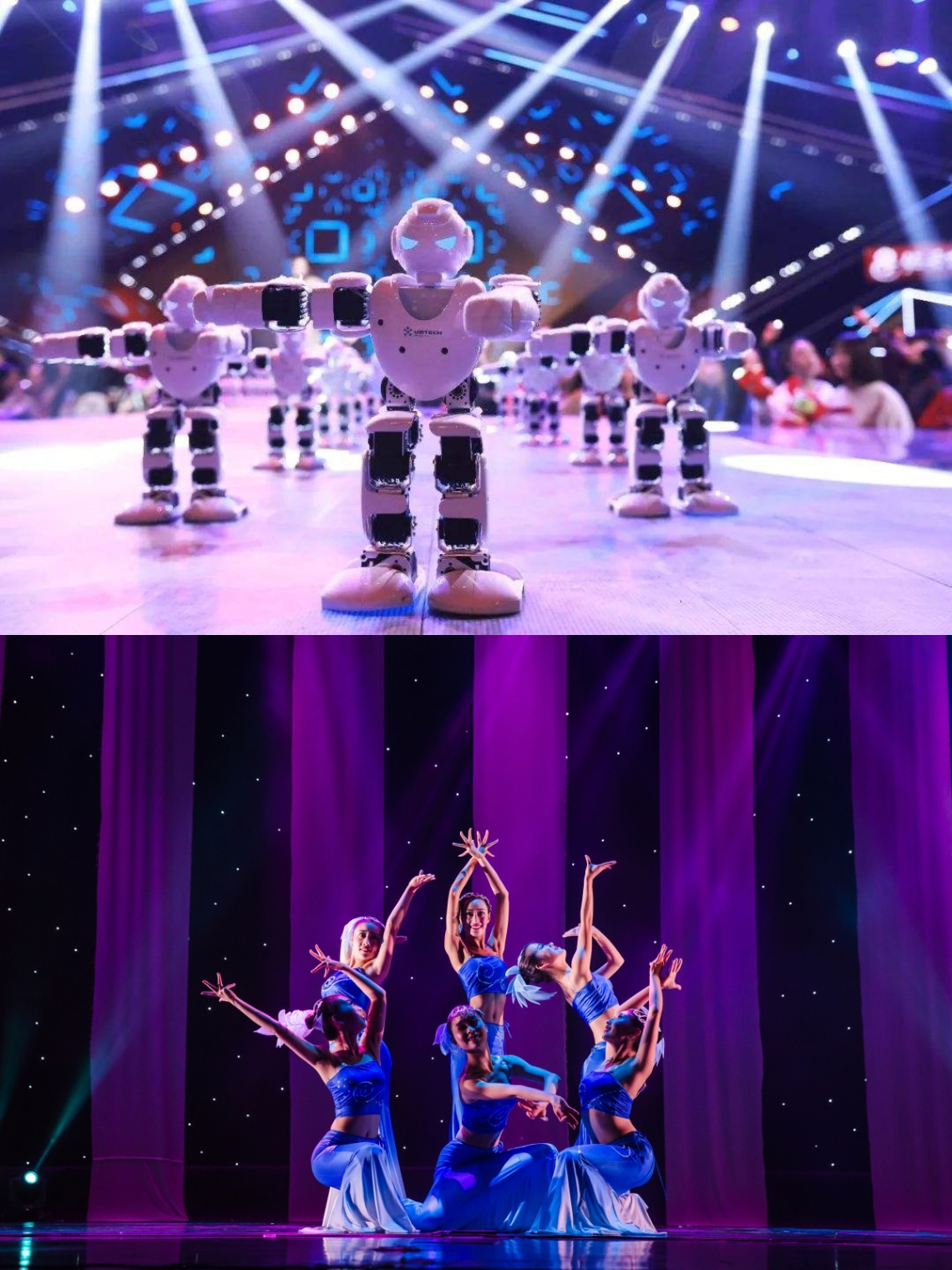
Another crucial issue is whether such performances could be sincere and genuine. The Unitree robots performed their movement similar to humans. Despite such synchronization, this kind of performance could not show the natural feel and passion that comes with art made by humans. According to Andrejevic (2019), automation does away with improvisation, the human ability to create, and offers only the pre-programmed and perfected version. If art is defined as something done to elicit a feeling and capture experience, is it equally legitimate for a machine to perform as it is to create a piece?
Look at the picture on the left. Which one is more beautiful?
In a way, this debate calls into question the essence of creative imagination as a concept. Is creating something new enough to define creativity, or does it involve emotions, experiences, or an intention? The system can perform mathematical computations to produce visually appealing results, but can it be considered an artist? Just and Latzer (2017) point out that AI is not restricted to providing content; it plays an even more significant role in being a content creator and a reality manufacturer, establishing what we see and how we perceive it. As AI advances in creating and performing, there are increasingly evident distinctions between a human artist and an AI artist. People can either accept AI incorporating creativity into their art or think that augmented intelligence threatens artistic individuality, which will further the evolution of entertainment and possibly culture.
Automation and the Death of Human Error
The seemingly funny remark during the performance broadcast was that the robots can perform “with zero human error.” This opinion resonates with Andrejevic (2019), who suggested that automation functions on a particular logic of eradicating uncertainty: predictive policing, targeted advertising, and AI health care by minimizing uncertainty and substituting human interventions with algorithms. In various industries, this level of accuracy is revolutionary in providing services, especially in order and precise execution. However, in the contexts of performance and art, does the lack of an error bring creativity or detract from something basic?
Perfection may be the ultimate key to success in any industry, but can it remain so in art?
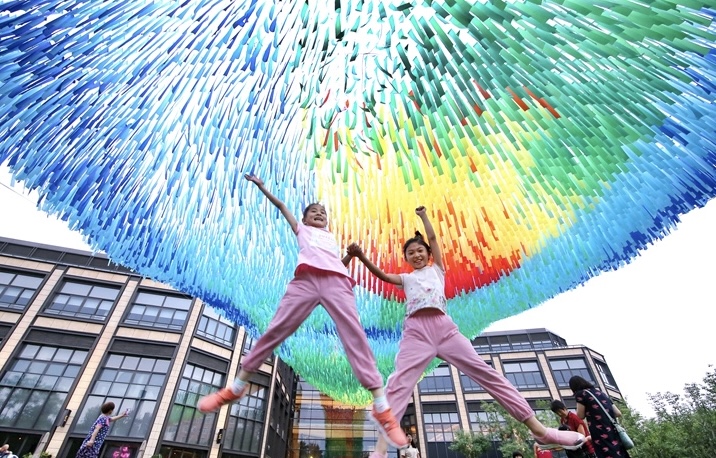
Human movement, whether in dancing or music, is appreciated despite its flaws and irregular tempo, timing, and rhythm. Even though an AI performance may simultaneously talk, play, sing, and dance and look perfectly realistic, it will never be as touching as the human version (Liu, 2023). That is why live performances that are not perfect with unplanned interruptions are always more inspiring than the studio versions of songs. More often, great art is not just great technique; it is raw passion, emotion, and meaning that are expressed and communicated to an audience.
Perhaps, in the future, artificial intelligence will take over creative fields, and we will need a new definition of art. However, with increasing possibilities of machines in creating and performing art, humans may be valued for innovation, passion, and experience, which algorithms cannot imitate (Liu, 2023). While the shows may be visually captivating and the technology interesting, the audience must see more than mere automation. Someday, we may be forced to reflect on what is more valuable: perfect works that are boring and unoriginal or imperfect but have spirit. Moreover, in a world where AI is becoming an increasingly significant part of our daily lives, that question may become more pressing than one might anticipate.
The Commercialization of AI in Culture
Other than artistry, performances through artificial intelligence also signify automation’s intrusion into commercial and political realms.
large commercial entities own algorithm intermediaries with a primary interest in profit-making instead of serving the public interest.
– Just and Latzer

Therefore, it is not strange that in the case of dancing robots in China, the dance was not just for amusement but a strategic show of technological advantage. By displaying spectacular examples of robotics, China demonstrated to global audiences and potential investors the potential for AI technology development. It celebrated creativity, power, marketing, and the battle for technological control.
The same trends are evident in the entertainment industry and other parts of the world. Notably, Hollywood has already incorporated the use of AI in areas such as visual effects, scriptwriting, and music composition, as automation plays a poignant background role in the creative processes. The movie industry, and the music industry in particular, for instance, uses algorithms to track the trends and even create new songs that imitate the prevailing trends. Although this makes production more efficient and aligns with audience expectations, it generates apprehension regarding the cultural sensitivity of such an approach. If AI content is to be mainly for entertainment and financial gains, will creativity and experimentation be the first to be sacrificed?
The impact of these technologies in entertainment raises a crucial question regarding the effect of innovation on originality. Although automation means that content creation can be done more quickly and effectively, there is the danger of art becoming robotic, created more with the intent of satisfying AI engines. If every song, every film, or every performance is made following the principles of what will go viral, then the world will lose its taste of creativity. The problem arising in the future is the attempt to incorporate artificial intelligence into artistic areas without minimizing the importance of human input in creating art. After all, technology should complement creativity, not obliterate it.
The Future: Human-AI Collaboration or Replacement?
As the video shows, the emergence of AI art calls for a vital query – is artificial intelligence supplementing art, or is art shifting to artificial intelligence? The answer probably lies in how these technologies are implemented in society. Machines are poised to mimic our thinking capabilities, not only physical ones (De Cremer & Kasparov, 2021). If AI is considered as an assistant or a helping hand in the creativity enhancement of humans – like, for instance, aiding choreographers, writing new dance moves, assisting musicians in composing a song or providing film directors with some possible new artistic vision that may boost the film, then AI is a good friend indeed. Artists have integrated the use of artificial intelligence in various endeavors to create unique artworks that are engineered by intuition and algorithms. However, if AI becomes the leading producer, meaning that machines replace artists, then we may be left with a type of culture that lacks passion and is instead optimized for efficiency.
Additionally, considering emerging forms of cultural entertainment increasingly defined and affected by artificial intelligence, it is appropriate to raise ethical and governance issues. According to Just and Latzer (2017), algorithmic governance, on the one hand, is non-transparent, while, on the other hand, it often functions under the jurisdiction of individual corporations. Similar questions can be asked about AI-generated cultural production—Who gets to decide what kind of cultural product is AI-produced, and for whom and to what end? If corporations and governments take control of AI to dictate entertainment and art, then people would watch a new narrative written by such entities where some ideologies are favored while others are removed. Without regulation, AI art could become a means for subordination rather than creation.
With such a prevailing trend of growth in AI, the question is to maintain AI as a helper and not a competitor. The best artwork is created where and when there is a tension between reason and impulse, precision and feeling – aspects that a robot cannot fully incorporate. Society must adapt to embrace technological advancements in a way that makes the technology complement creativity but not subordinate it (De Cremer & Kasparov, 2021). Artists, policymakers, and the wider audience are responsible for ensuring that these advancements bring out the best of AI when used in cultural contexts. After all, while technology can replicate perfection, the flaws make art real and relatable.
What exactly is the answer? Is AI good or not?
The Unitree robots’ display during the Spring Festival Gala was not just a technological showcase but a statement of what will come from artificial intelligence, automation, and even culture. It is crucial to evaluate the role of AI in such creative industries concerning art, human agency, and representation. Thus, the question is – do we want art delivered by machines or prefer art made with the spark of
human creativity? The answer will define not only what entertainment will be like in the future but also what a technological society will be like.
Reference
Andrejevic, M. (2019). Automated media. Routledge.
CGTN. (2025, January 28). Tradition meets tech: Unitree robots dance at Spring Festival Gala [Video]. YouTube. https://www.youtube.com/watch?v=Fw_dSNxhhY4
De Cremer, D., & Kasparov, G. (2021). AI should augment human intelligence, not replace it. Harvard Business Review, 18(1), 1-8. https://www.daviddecremer.com/wp-content/uploads/HBR2021_AI-Should-Augment-Human-Intelligence-Not-Replace-It.pdf
Just, N., & Latzer, M. (2017). Governance by algorithms: Reality construction by algorithmic selection on the Internet. Media, Culture & Society, 39(2), 238-258. https://papers.ssrn.com/sol3/Delivery.cfm?abstractid=3871903
Liu, B. (2023). Arguments for the rise of artificial intelligence art: Does AI art have creativity, motivation, self-awareness, and emotion? Arte, Individuo y Sociedad, 35(3), 811. https://dx.doi.org/10.5209/aris.83808
Zapata, S. (2022), The End of Art: An Argument Against Image AIs [Video]. Youtube. https://www.youtube.com/watch?v=tjSxFAGP9Ss

Be the first to comment